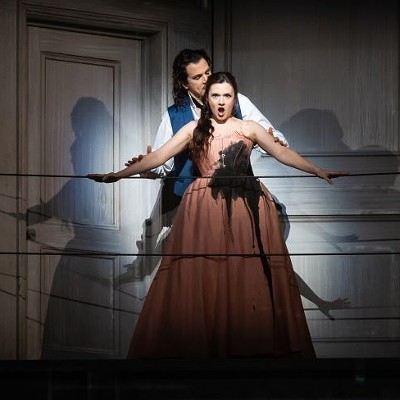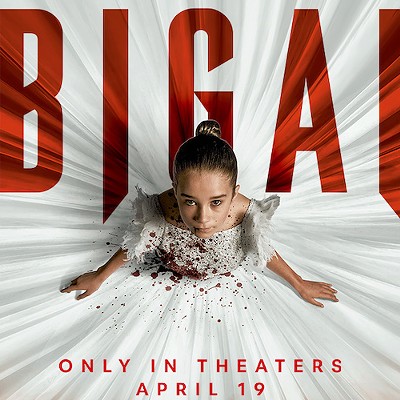Just outside the 610 Loop on the southwest side of town lies the Gulfton area, Houston's most densely populated neighborhood. The community has changed dramatically over its history, originally being a rural area belonging to Westmoreland Farms before the 1950s. During that decade, the Shenandoah subdivision was constructed southeast of what is now Highway 59, and just outside of the present day 610 Loop. The neighborhood of postwar ranch style homes took up sixteen blocks, next to land that would soon be developed differently.
In the 1960s, apartment complexes began to spring up in the area adjacent to Shenandoah, and that development trend increased a great deal during the next decade, as the 1970s saw Houston's economy prospering under the huge oil boom of the time. Huge numbers of young, mostly white workers from other parts of the United States began to flock to Houston for job opportunities, and so did many others from countries all over the world.
Gulfton-area apartment complexes were constructed as quickly as possible to accommodate the influx of those new, mostly younger and single Houstonians. They were, for the most part, not well planned for long term sustainability or integration into a functional community, but instead were designed and marketed to appeal to the whims of those younger residents. So, instead of building a community of well built apartments with nearby neighborhood features catering to residents planning on living there for many years, developers created a sort of tacky paradise for young people riding an energy industry boom. So shortsighted was their plan, developers didn't even bother to build sidewalks in most of the area, perhaps never foreseeing a scenario where anyone living in one of their apartments might need or want to walk anywhere else in the neighborhood.
Those "Luxury" apartment complexes were massive in some cases, with one famously advertising 17 swimming pools and 17 hot tubs, and were promoted as sexy places to live a party lifestyle. They had cheesy "faux classy" sounding names like Villa Royale, Napoleon Square, and Chateaux Carmel, that sounded like someone took a French word and then smushed it together with something incongruous, but they were appealing to many young renters in Houston's swinging, oil boom '70s. At least one even had an onsite disco.





